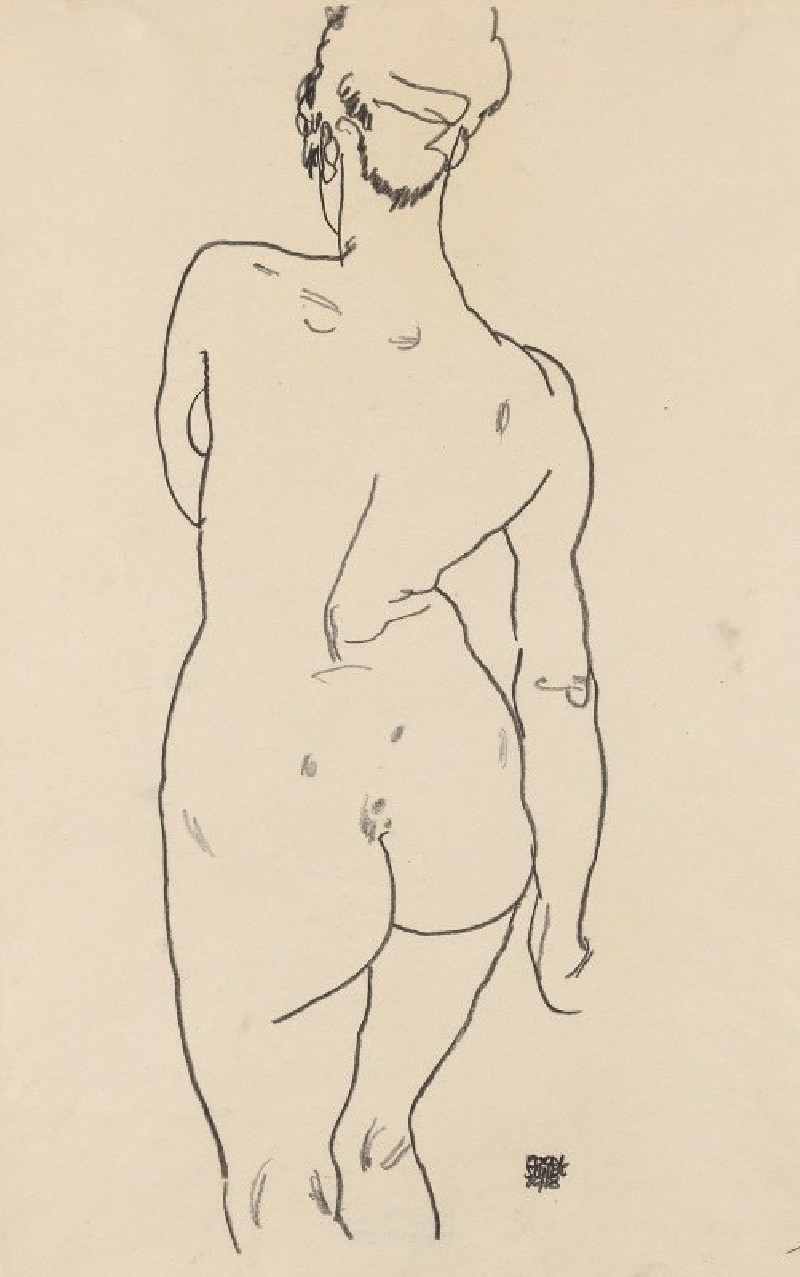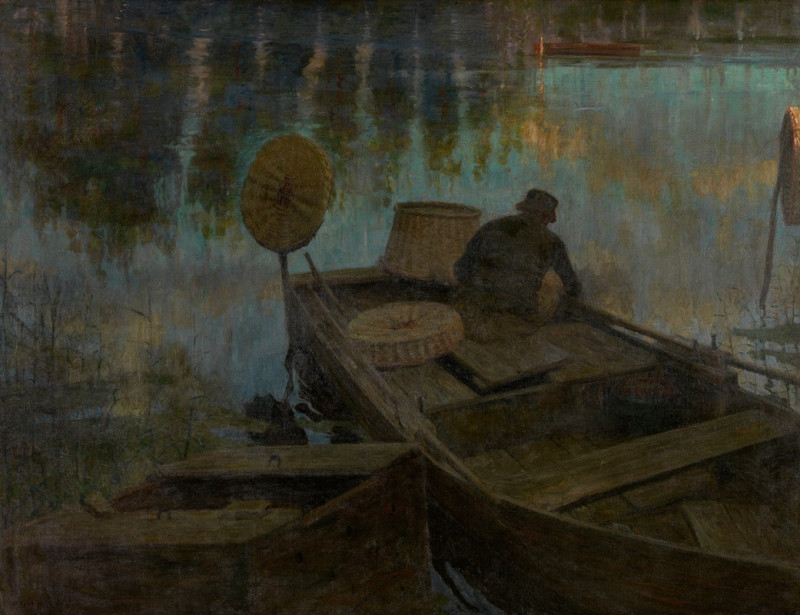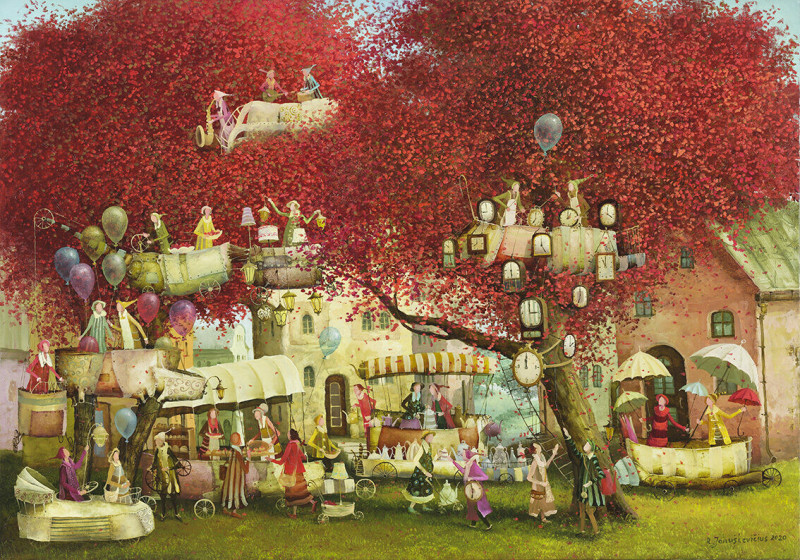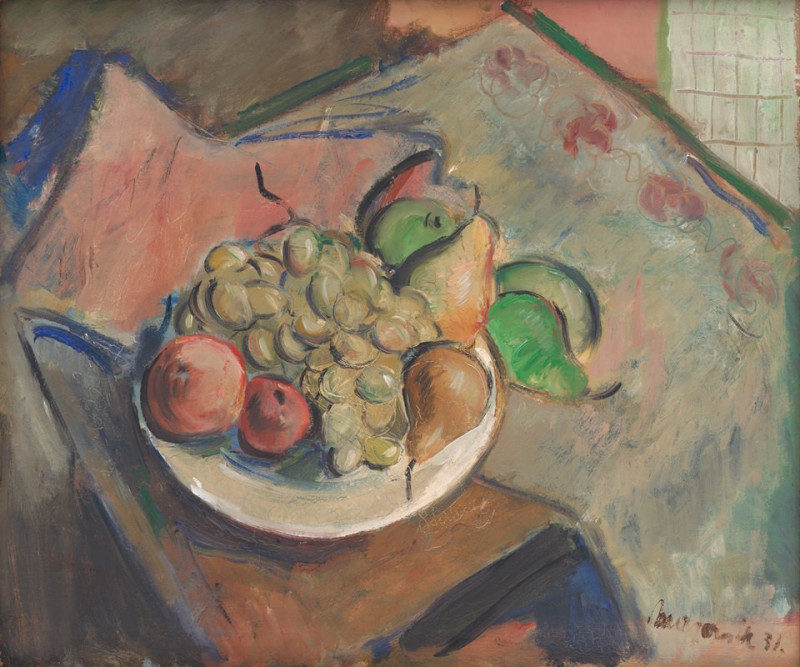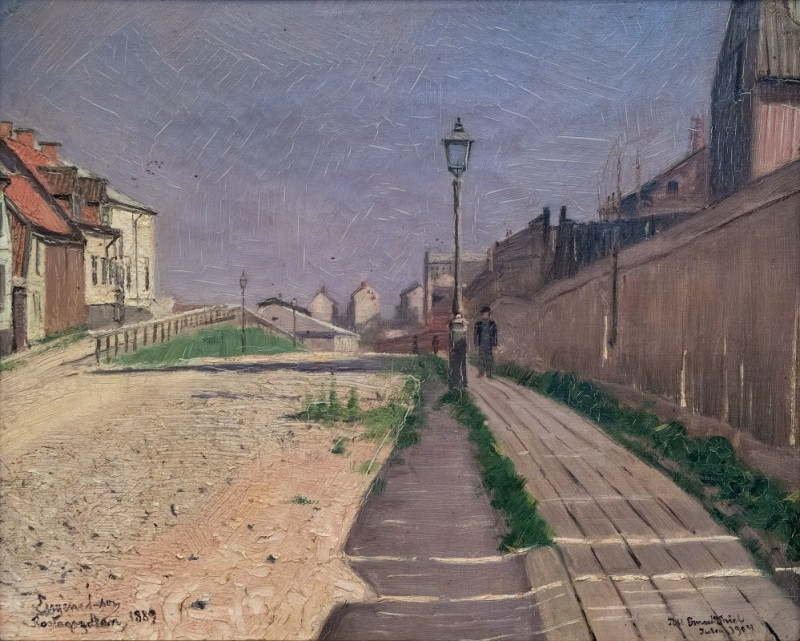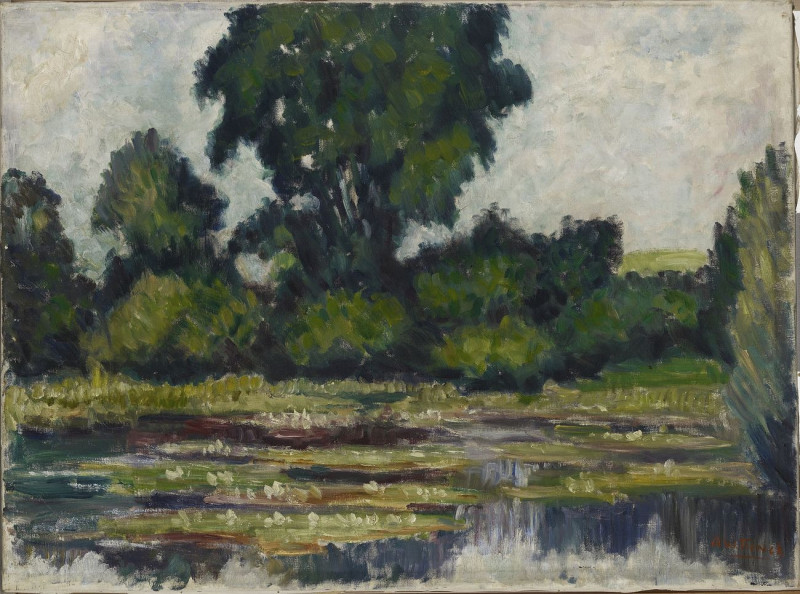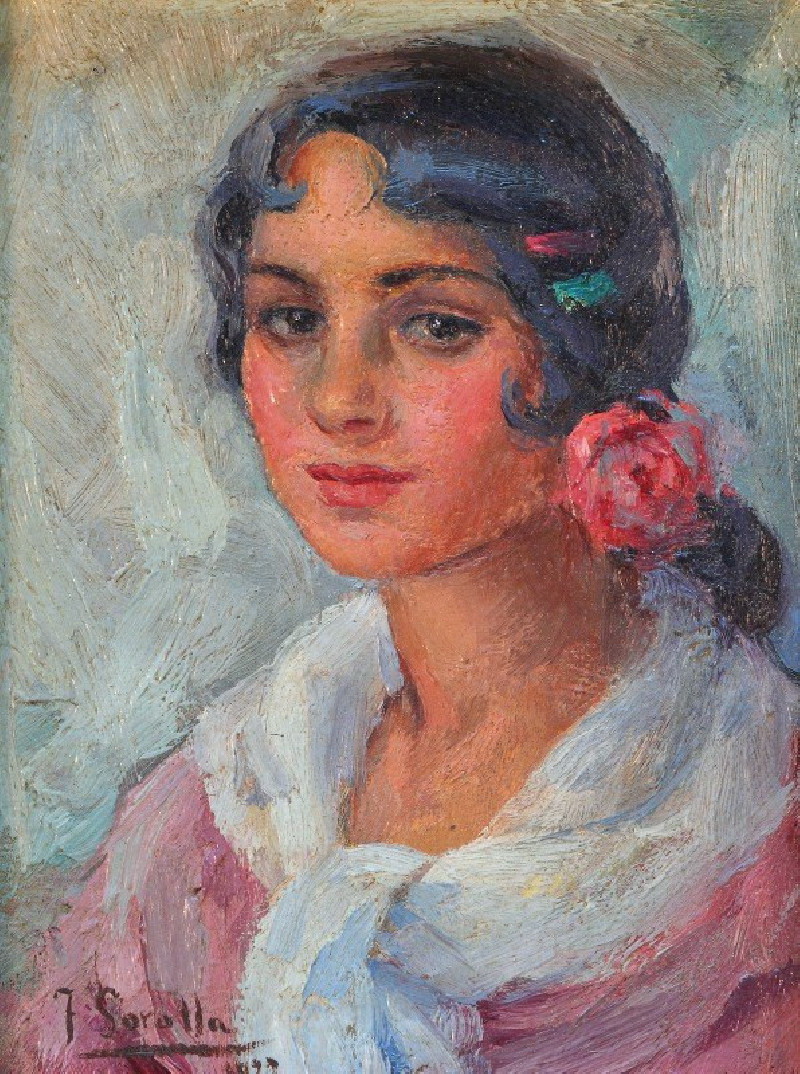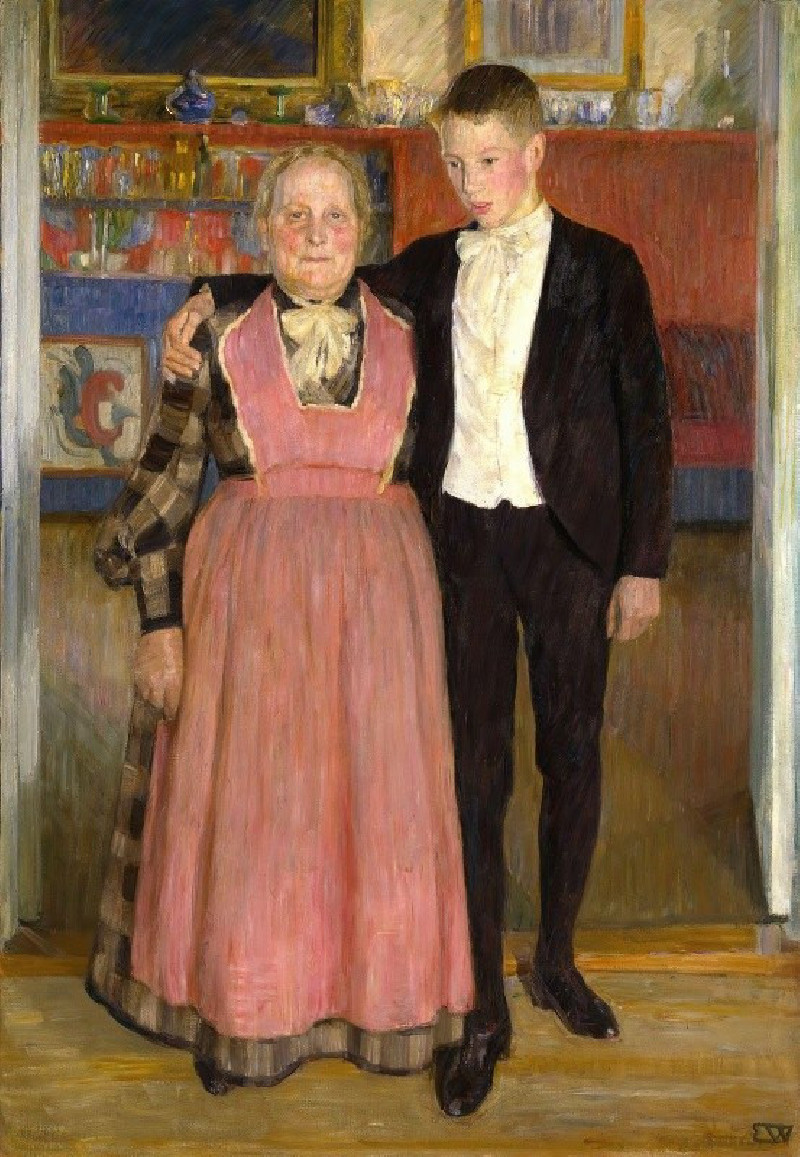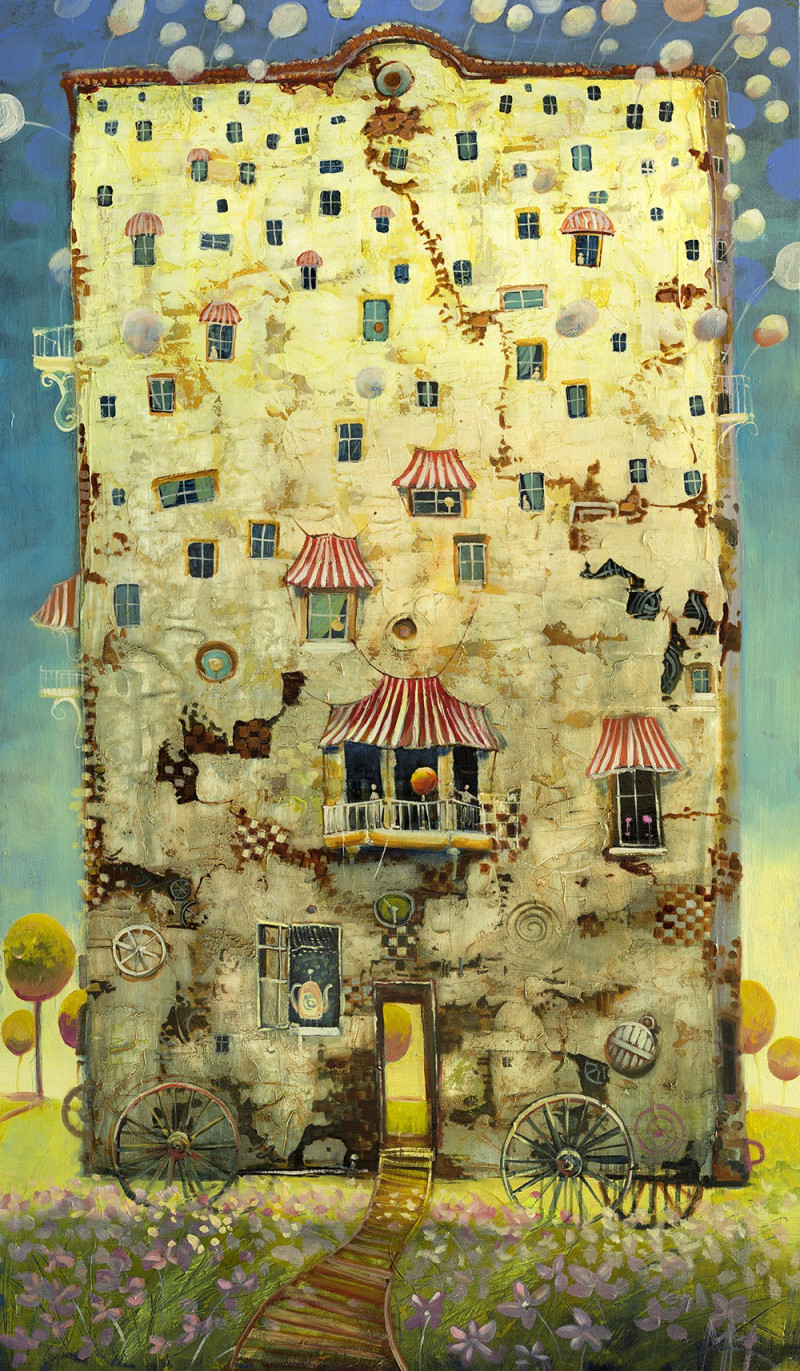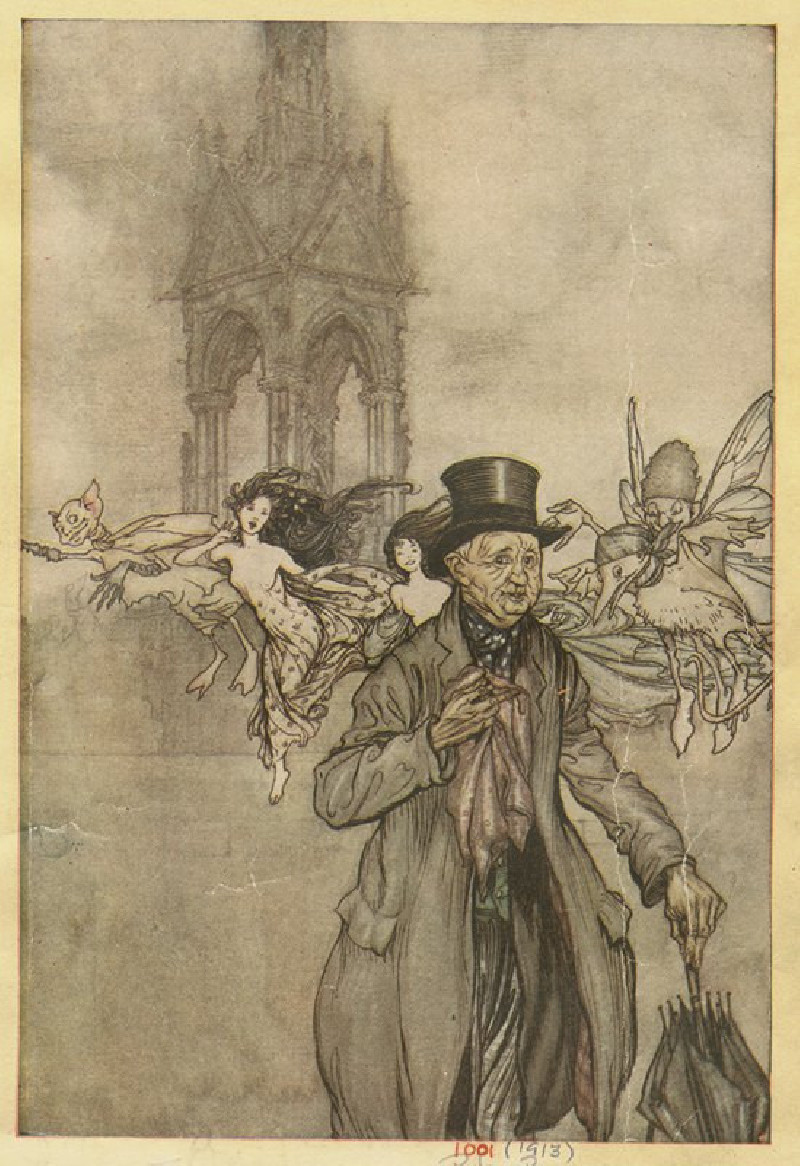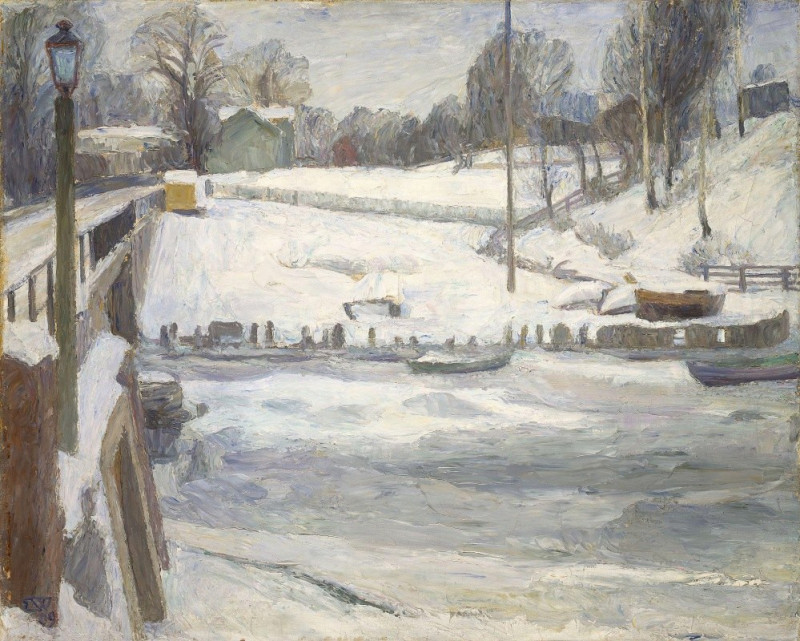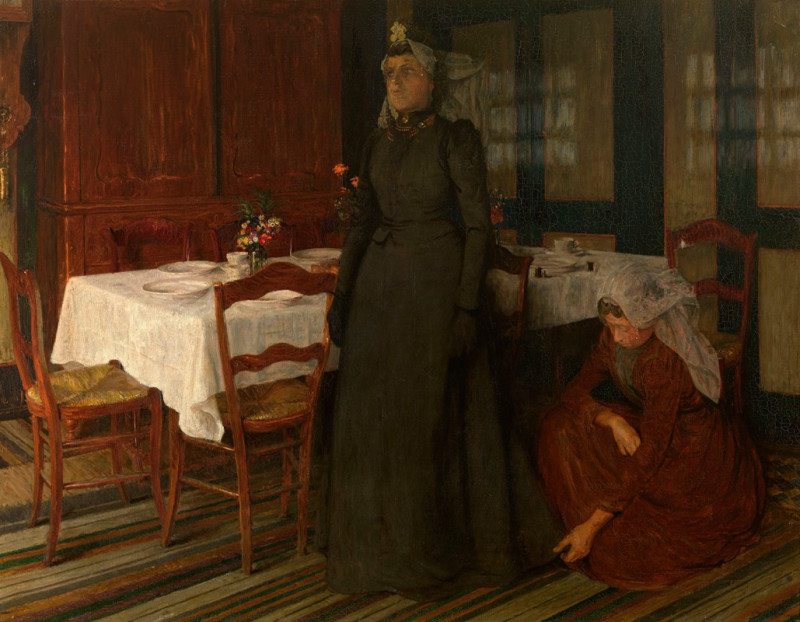Classical Grotesque (1923)
Technique: Giclée quality print
Recommended by our customers
More about this artwork
In the intriguing piece “Classical Grotesque,” created in 1923, Paul Klee reveals his distinctive approach to abstract art that blends iconic symbolism with abstract figuration. This painting presents a solitary, somewhat ethereal figure that captivates the viewers, drawing them into a world of antiquated charm and mysterious modernity.The figure in the painting appears constructed of both fluid and jagged lines, creating an intricate interaction of forms and negative space. Its body, dominated by looped and spiral designs, suggests a fusion of organic and mechanical elements, possibly reflecting the tension between natural and industrial worlds. Klee’s use of muted background hues, punctuated with darker outlines, emphasizes the dream-like quality that often characterizes his work.The grotesque aspect of the painting might be seen in the figure's exaggerated features, particularly its head crowned with an elaborate, almost regal headdress, giving the impression of a character from an ancient folklore or a ceremonial archetype. Besides the main figure, there appears to be a smaller, fish-like form near the bottom left corner, which may imply a narrative or symbolic link between the elements, although its interpretation is left to the viewer’s imagination.“Classical Grotesque” is an evocative work, inviting interpretations that span the esoteric to the historical, encapsulating Klee’s ability to animate his canvases with profoundly layered meanings.
Delivery
Returns
Paul Klee was a Swiss-born German artist. His highly individual style was influenced by movements in art that included expressionism, cubism, and surrealism. Klee was a natural draftsman who experimented with and eventually deeply explored color theory, writing about it extensively; his lectures Writings on Form and Design Theory (Schriften zur Form und Gestaltungslehre), published in English as the Paul Klee Notebooks, are held to be as important for modern art as Leonardo da Vinci's A Treatise on Painting for the Renaissance.































